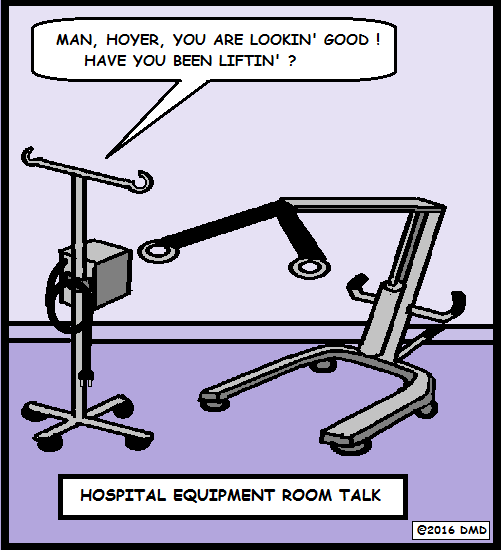- Community
-
Programs
- Schools
-
Careers
- RN Specialties
- Best RN Jobs and Salaries
- Aesthetic Nurse
- Nursing Informatics
- Nurse Case Manager
- NICU Nurse
- Forensic Nurse
- Labor and Delivery Nurse
- Psychiatric Nurse
- Pediatric Nurse
- Travel Nurse
- Telemetry Nurse
- Dermatology Nurse
- Nurse Practitioner
- Best NP Jobs and Salaries
- Family NP (FNP)
- Pediatric NP
- Neonatal NP
- Oncology NP
- Acute Care NP
- Aesthetic NP
- Women's Health NP
- Adult-Gerontology NP
- Orthopedic NP
- Emergency NP
- Psychiatric-Mental Health NP (PMHNP)
- APRN
- Nurse Educator
- Nurse Administrator
- Certified Nurse Midwife (CNM)
- Clinical Nurse Specialist (CNS)
- Certified Registered Nurse Anesthetist (CRNA)
- Resources
- Education




Joe V
7 Articles; 2,625 Posts
Nurses are at risk for numerous musculoskeletal injuries from lifting/handling patients. A "No Lift" policy is common practice in hospitals and LTC facilities. The Hoyer lift invention was a boon for Nurses. It's probably the most common lift equipment utilized today and is certainly the oldest. Although this lift is an expensive piece of equipment, I don't think that using our fellow colleagues to help transfer a patient is a good idea even IF his name is Hoyer.
Visit Nursing Toons / Memes for more cartoons!